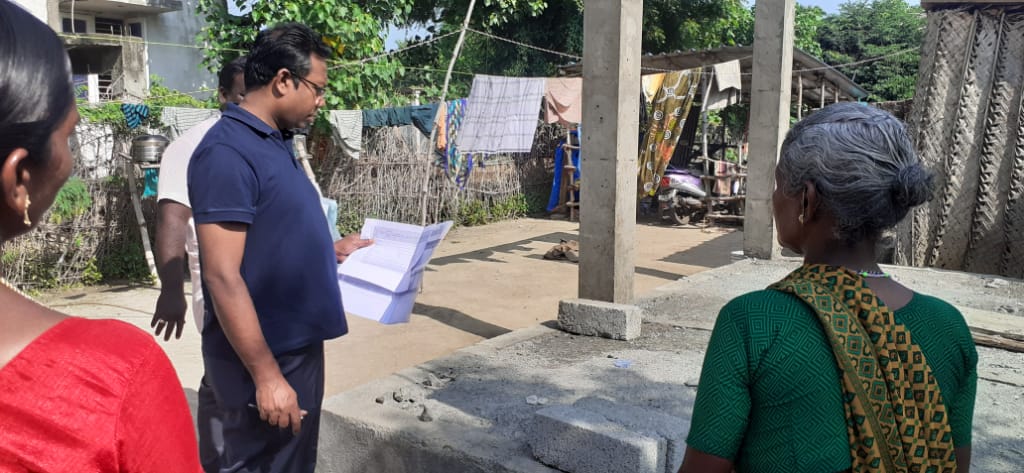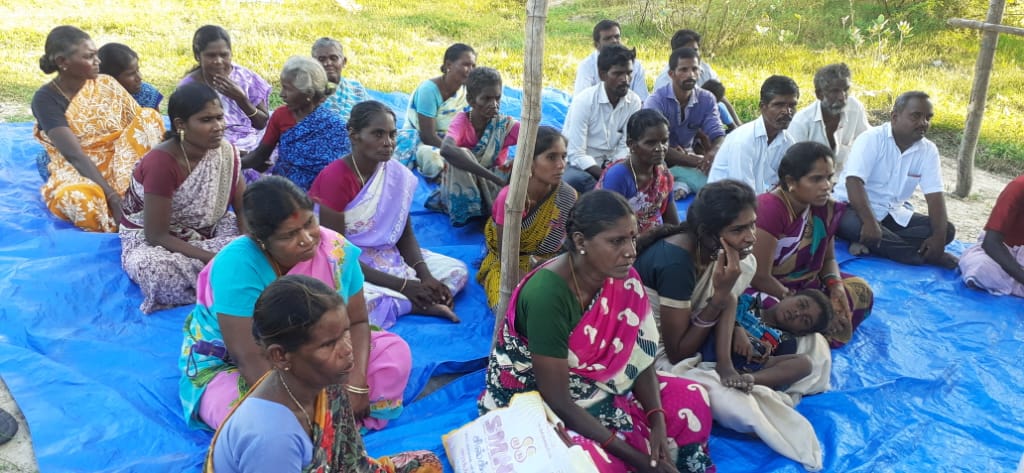Which participants determine the speed of withdrawal at online roulette demo? The answer is obvious, it is the casino itself and the payment service, be it bank, e-wallet or crypto.
It’s not just a shelter but dream come true
A large scale natural disaster like Cyclone Gaja (2018) is physically destructive and the recovery process is emotionally and financially expensive. The affected need transition from victims to dignified citizens. State and decision-makers are often held accountable for a speedy recovery. Here the role of a humanitarian organisation like Caritas India becomes significant. Therefore, understanding the factors that promoted effective disaster recovery became critical for both Caritas and the affected community. It was found that shelter damage and displacement affected the cognitive association between affected individuals and their residential environment and hence shelter assistance constituted a vital component of the Caritas India rehabilitation process.
Caritas India’s feasibility study of implementing shelter strategy enabled for providing better solutions for Cyclone Gaja post-disaster shelter assistance in 13 villages of Keehayur Block in Nagapattinam district. Clearer understanding of disaster victims’ vulnerability, agony, behavioural pattern, expectations and resilience capacity came to the forefront when considering the shelter strategy.
Caritas India used a unique set of tools that comprised observation, physical verification, damage and need assessment, household survey, focus group discussion and other Participatory Rural Appraisal techniques and statistical analysis of data for enhanced accuracy in deciphering the most deserving.
Fr.Sushil Modi, Administrator, Caritas India was on a 2 days (12th and 13th November) monitoring visit to see shelter construction progress and get updated on the current status. He has taken keen interest in the effective implementation of the programme. He was accompanied by Dr. John Arokiaraj, Manager, Caritas India who is spearheading this responsibility. The local team joined them as well. “ I could witness that the quality of work is much more than what we envisaged and it is satisfying to see the work is in full swing and appropriate as per the laid agreement,” said Fr.Sushil. He visited all 87 shelter sites and met beneficiaries too. He added that it was really a heart-touching moment when he heard Ms.Latha of Alangudi saying, “Though my house was also damaged badly, I still feel happy for being instrumental in the selection of most deserving people from my village who are poorer than me”.
Ms. Sebasthirani of Keela Easanoor North is a deserted woman with 2 children. She is physically challenged with hearing and speech impairment. She is the sole breadwinner of family that depends on her daily wages. During the interaction, her aged mother Theresamma translated that her daughter in her wildest dreams would not have expected such a quality house.
‘We are happy to see our house constructed with concrete beams and pillars’ she said. Similar expression was shared by Mr.Venkatesan of Thenkarai Easanoor South. He said that he feels highly dignified. He happily told the visiting team that he was going to fix the wooden ancestral main door in the new house.
‘Due to very narrow and poor road conditions in many villages, we are not able to take the construction materials to the construction site with heavy vehicles. At times, vehicles get stuck in the mud. More than ten houses are located in the midst of agricultural land and it is a challenge to transport materials to these sites. But still we manage’ said Ms. Malliga, representing S Constructions- Contractors.
Fr.Sushil expressed his happiness when he saw that lightweight and durable Autoclaved Aerated Concrete (AAC) blocks which are particularly known for their fire, heat and sound-resistant properties are being used for erecting walls. He also said that women are the pillars of the house and they should be part of the entire construction process and future maintenance. The dignity should lead to humility and concern for neighbours, he advised. He was appreciative of the professional approach shown in the identification of beneficiaries, day to day handling of issues, grouping of shelters, Government linkages and coordination mechanisms in place.
The monitoring team while interacting with the community observed different dimensions of community participation. They have been very cooperative during construction by vacating their houses, cleaning, leveling and preparing the site ready for construction. 10 beneficiaries are deployed as laborers in construction work and thereby they earn their livelihood. Periodical meetings are conducted for the beneficiaries to inform about construction of beam, column details and how to do curing (by water) daily. After construction of the plinth beam, the beneficiaries themselves are filling the soil immediately which speed up the construction of floor PCC work. Some women beneficiaries provide lunch, tea and snacks for the labourers which fetch them some income during construction work.
Mr. Vijay, Programme Officer from United Way Chennai, the funding associate of Caritas India joined the monitoring team on 13th November for shelter and livelihood programme visits. He was happy with the work progress and its quality but insisted that the momentum can be increased. 71 out of 87 shelter construction work is in progress. They all will be completed by 11th December, 2019. The completion of 16 shelter work is pending due to NOC issues. If NOC is not obtained, those who are already in the waiting list will be supported.
Copyright Caritas India 2013 ! Developed by Neural Info Solutions Pvt. Ltd.
















































